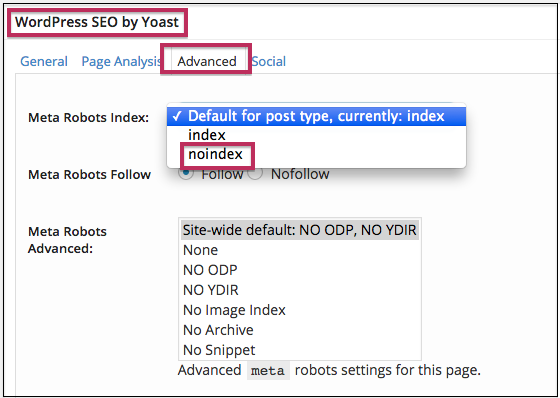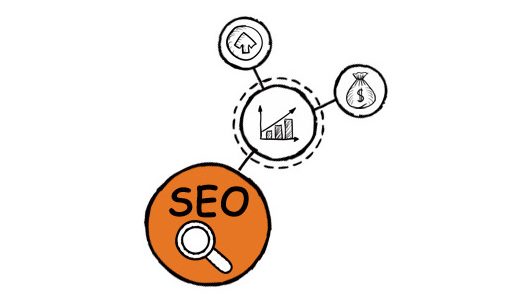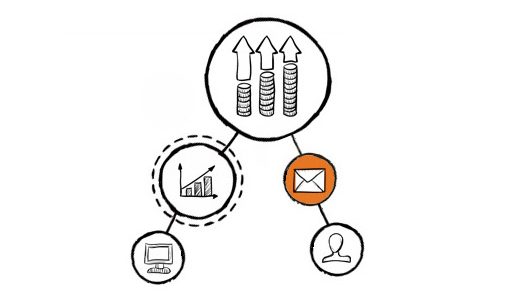2014 has seen a hardening of Google’s strategy of penalising sites that do not provide value to the visitor/end user.
Our 2014 SEO/Traffic development strategy was to:
- Keep sites fresh with new content
- Focus that content on what the consumer was interested in
- Ensure that content genuinely added value to the reader.
In addition to our content focus we also, managed social media programs, developed links and managed their Business Pages (G+ Pages)
These actions shielded our SEO customers from a Panda penalty.
BUT some of our customers “Developed and departed” – they built the site and never looked back. Feedback from several customers is they have suffered (Some materially) with traffic and ranking drops.
The purpose of this article is to provide a checklist to identify the issues with occasional “how tos”.
First – “What is panda”
“Panda is the name give to one of Google’s algorithms, the objective of this algorithm is to prevent low-quality sites from achieving high rankings. Google’s definition of a high quality site
My overview of low quality sites are those sites that are:
- “thin” (little content)
- “static” (old content)
- “poor” (uninformative content)
- with a poor user experience (Identified by their stats)
We have seen a large number of sites that have had their rankings reduced for no other reason than doing nothing.
So how do you recover from a Panda Penalty:
Initially we would recommend cleaning your site up
Improve Or Remove Bad Content
All sites are in “Googles sites” excuse the phrase. So if you have used questionable tactics (keyword stuffing, link buying etc) then you will need to clean up your site
The action list is as follows:
- Improve or remove low-quality content, defined as:
- Pages with no real value – see analytics – low traffic not being visited – or high bounce rate and low time on page
- Pages that are irrelevant
- Pages that are too short – (can you combine these with others to create something worthwhile)
- Edit or remove scraped/copied content
- Rewrite or correct over optimized pages
- Check code to content ratio
- Check keyword density – anecdotally anything above 2-3% is high
- Read the page and ensure it reads naturally – ensure it is informative and helpful
- Excessive interlinking internally in the site
- Too many H1 tags – only 1 per page
- Check the tags and make sure you have not repeated keywords again and again
- Don’t for god’s sake keyword stuff (generate content with high keyword densities).
- Ensure you are not cloaking (Hidden text)
- Remove unnecessary pages from Google search.
If a page is necessary but does not add value then prevent it from getting indexed (prevent Google reading it by adding noindex tags to the relevant page). In addition in most circumstances (NOT ALL) you should apply noindex tags to:
In addition in most circumstances (NOT ALL) you should apply noindex tags to:
- category pages, tags, archive pages
- privacy policy (not critical but nice)
- disclaimer pages(not critical but nice)
- print pages and pages with sorting options
- All our sites use WordPress SEO by Yoast. This tool has an advanced tab with a function to noindex (See explanatory image on right).
Bear in mind one of googles phrases, “low-quality content on some parts of a website can impact the whole site’s rankings…”
Fix Duplicate Content
Ensure that you do not have pages in the site that are largely the same.
A great tool to establish if you have is www.siteliner.com
Here’s how to combat this issue (click the links for tutorials):
- Carry out a broken link check – Xenu’s link sleuth is a great tool – download and install (PC only)
- Redirect broken URLs to the correct pages by setting up 301 redirect – saying to google “if you see this then go here”
- If you must have duplicate pages then add a rel=canonical tag – here you are saying to google – if you are going here then please ignore this and index here instead,
- Page 1 does not exist but it has links For example, you applied a new URL for a particular page. Therefore, you should redirect the old URL to the new URL since Google has already indexed the old link. In other words, you want the outdated URLs to be redirected to the correct pages. You can use Simple 301 redirects plugin for WordPress or you can even set this up through the Settings of your hosting account.
- Ensure your home page is either www.mydomain.com OR mydomain.com – This can be done on your server via cpanel redirect or in wordpress settings page or in webmaster tools.
To read and understand more about duplicate content.
Clean your site up
Site navigation and usage is also important as now google is looking at user usage stats, therefore ensure:
- Please no more than 100 links per page – it dissipates your link juice and is a red flag – check your links using this link tool
- Put advertising on your site with care – not too much and definitely not above the fold – google penalizes it.
- Keep your site well-organized and easy to navigate – it improves usability – you get rewarded for that
- Another trick is to validate your site, we recommend 2 tools to review your code CSS Validator / HTML Validator.
- Make it easy to read your content – bullets, paragraphs and headings – load of them
- Ensure you have a useful 404 page – here are some great examples
- Fix broken links – see point 2 above
- Redirect old pages to new ones (Yoast SEO for wordpress again) under the advanced tab has the facility right at the bottom of the page
Ensure your site is SUPER FAST
Not only does it piss off users, Google also takes a dim view.
Industry research (also Google PageSpeed Developers) recommend that content above the fold needs to load in under 1 second (Whole page in under 2 secs).
- Get the best hosting that you can afford
- W3TC is a great wordpress caching plugin it helps your site load faster
- There are a large number of occasions where a page is loading an image that has not been web optimised – setup WP Smushit to compress your images and videos.
- Ensure there are no inactive or unnecessary WordPress plugins – if there are remove them.
- Technical options
- Ensure your files (CSS/HTML/Javascript) are minified – do this with knowlege
- Combine your images in a CSS sprite – do this with a LOT of knowledge
There are a number of places to test your site speed:
Ensure your site is Mobile Friendly
 Ensure your site can be read with ease on mobile devices. The most common method is to make the site responsive – in other words the site dynamically reconfigures based on the screen of the device that is viewing the website.
Ensure your site can be read with ease on mobile devices. The most common method is to make the site responsive – in other words the site dynamically reconfigures based on the screen of the device that is viewing the website.- In addition to ensuring your site is responsive – use the opportunity to prioritise the information that is shown on the page
NOTE – Google has just started sending warnings to webmasters about sites that are not responsive
Build informative useful content focusing on your visitors
- Focus is on high-value content, using the right keywords or phrases complete with semantic alternatives
- Write for the reader
- Write regularly – weekly at least
- Generally longer articles do better (Based on industry research)
In summary:
- Sort out your existing content
- Remove or redirect duplicate content
- Clean up the design, coding and internal links
- Ensure your site is superfast
- Make your site mobile friendly – test here
- Develop an ongoing content plan writing high value content
In essence think of the user and google will reward you.






